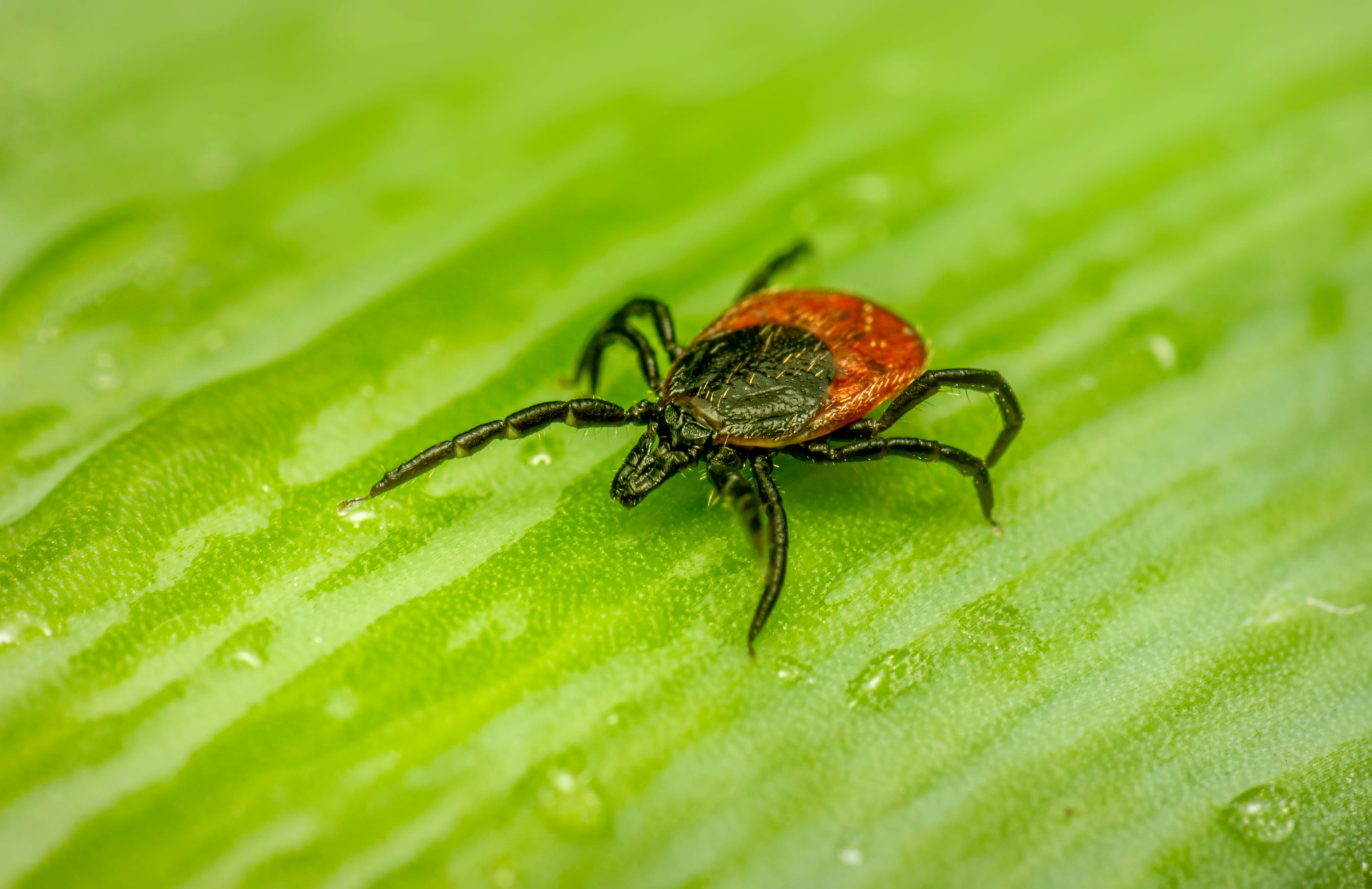Two pharmaceutical companies, American Pfizer and French company Valneva SE, have been developing a vaccine that recently passed phase 3 clinical trials.
Eight hundred participants were given the VLA15 vaccine, with a percentage receiving a placebo. No safety concerns have been observed. The trials are being conducted in the United States of America, and the findings will be published in The Lancet Infection Diseases Journal.
A separate clinical trial is already underway to study the vaccine's effect on children as young as 5.
The vaccine could become available in the UK as soon as 2027, provided no safety concerns are observed in the trial participants.
For use in the UK, the vaccine would need licensing by the Medicines and Healthcare Products Regulatory Agency (MHRA) and approval for use by the NHS by the National Institute for Health and Care Excellence (NICE)
What’s happening now with the VLA15 vaccine development?
The trials will continue until after the tick season of 2025. Pfizer and Valneva SE will then helpfully submit another paper for review and possibly start the process of seeking initial approval by the United States of America's Food and Drug Administration (FDA) before expanding to other markets, including the UK.
What is Lyme Disease?
In the UK, Lyme disease is primarily caused by the bacterium Borrelia burgdorferi. Borrelia bacteria are transmitted to humans through the bites of infected ticks, particularly the Ixodes ricinus (commonly known as the sheep or deer tick). The ticks become infected by feeding on animals, such as mice or deer, that carry the Borrelia bacteria. Lyme disease is not transmitted person-to-person or through direct contact with infected animals.
The infection can usually be treated with a course of antibiotics from your GP or pharmacy. Server cases, however, can require hospital admission and intravenous antibiotic medication.
Unfortunately, some people who contract Lyme Disease can have chronic symptoms that can last for years.
Why develop a Lyme Disease vaccine?
The infection rate from Lyme disease is increasing worldwide, as is the resistance to antibiotic treatments! Finding new and novel ways to treat Lyme disease is a logical step in our battle against antibiotic-resistant infections, including Lyme Disease.
How to prevent Lyme Disease?
The best cure is prevention regardless of when a vaccine becomes available (if it does in the UK). The best, cheapest, and most reliable prevention methods are a physical barrier and regular tick checks.
Cover your skin with long trousers or leggings and a long-sleeve top. You can also use products such as DEET or a more friendly Scottish deterrent, Smidge. If you don't mind using chemicals, spraying clothes with Permethrin is also an idea!
Our preferred method is a physical barrier and regular tick checks! For us, tick checks are as much a part of our hiking routine as drinking is to prevent dehydration! Using products has limited success and soon wears, off. Using a physical barrier also helps prevent other biting creatures such as midges and cleggs, not to mention protection from the sun!
Inevitably, anybody who ventures outdoors during the warmer months will be exposed to ticks. It’s only a matter of time before you get bitten, regardless of the preventative measures you put in place. When you do, it’s best to know what to do about it and have the necessary tools to remove it!
Always carry a tick-removing device and know how to use it! There are numerous tools to remove ticks, most of which can be purchased from a pharmacy for just a few pounds. The most common device is a twister. This is what we carry
If you do find a tick on you, remove it immediately! The longer it’s on you, the greater the risk of infection. When removing ticks, always make sure you remove all of them without leaving the head behind and follow the manufacturer's guidelines.
Never try to remove a tick by pinching, burning, scraping, drowning, etc., as these all cause the tick to regurgitate and inject you with bodily fluids that can contain the bacteria that cause Lyme Disease!
Once the tick has been removed, keep a close eye on the area for developing a rash. One strategy I have used on Eve and myself is to draw a wide circle around the area with a Sharpie pen. It will wash off eventually, but you are less likely to forget it over the next few weeks!
Recognising Lymes Disease
In most cases of Lymes Disease, one of the first symptoms you will notice is the typical ‘bull's eye’ rash around where you were bitten. However, there are cases when an indistinct rash develops, or occasionally no rash.
Earlier in the year, I was given a course of Doxycycline as a preventative measure after developing a rash around the area of a tick bite. It wasn’t the typical bull's eye, but it looked more like a big teardrop! If in doubt, always get it checked out.
Lyme Disease can also start to show symptoms similar to the flu, including fatigue, fever, headache, and muscle and joint pain.
As Lymes Disease develops, it can progress into multiple rashes, severe joint pain in the major joints around the knees, cardiac lac issues such as changes in heart rhythm, chronic fatigue, and neurological difficulties such as memory loss, concentration difficulties, and sleep difficulties!
If you ever suspect you might have Lyme Disease, get it checked by a medical professional immediately!
For more detailed medical information, please visit the NHS website.
 nhs.ukNHS website
nhs.ukNHS website
Was this post interesting?
If you think so, please consider buying us a drink or share this post with a friend. Your support is genuinely appreciated. Thank you.
Buy Me a Coffee





Comments